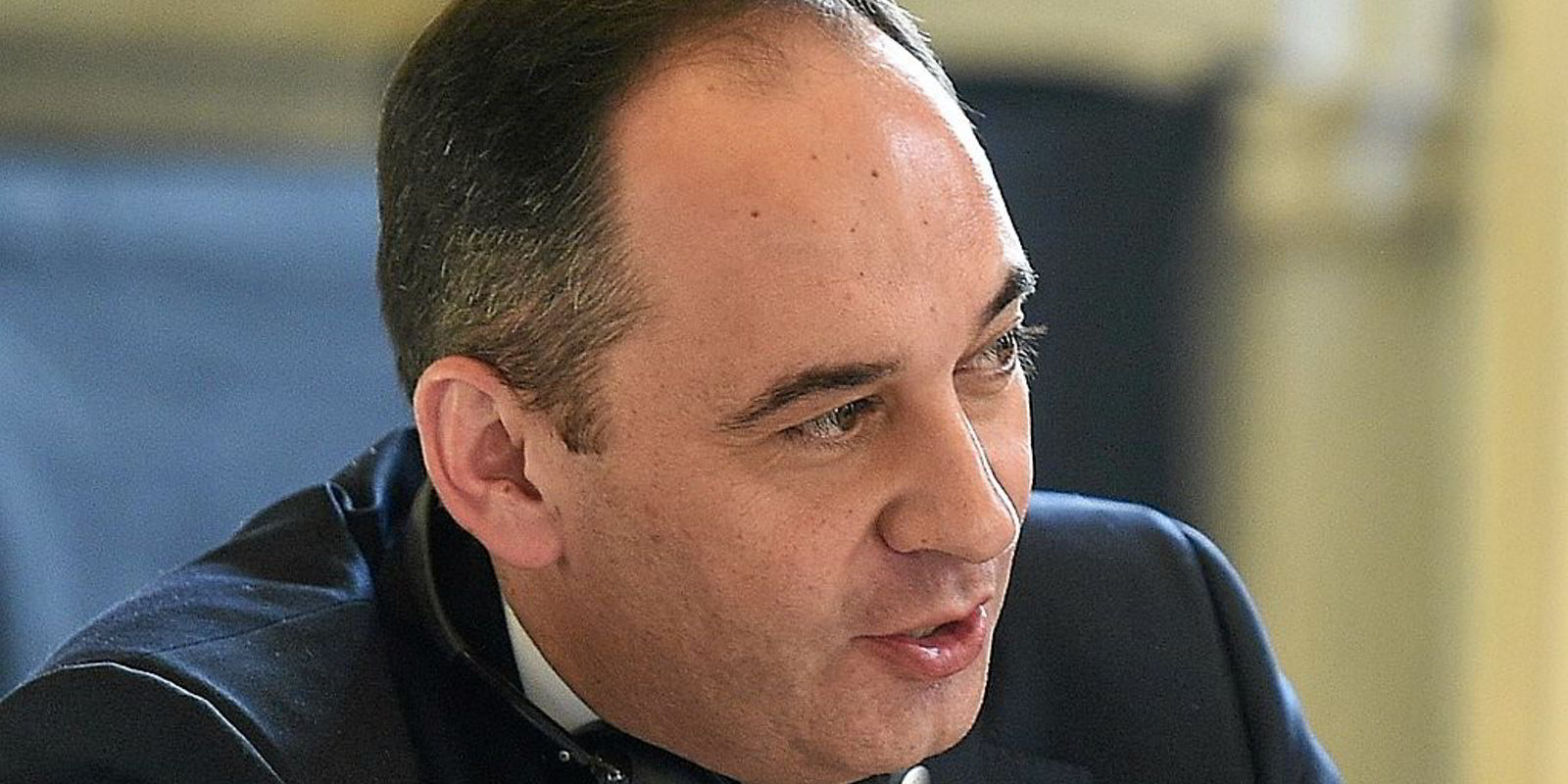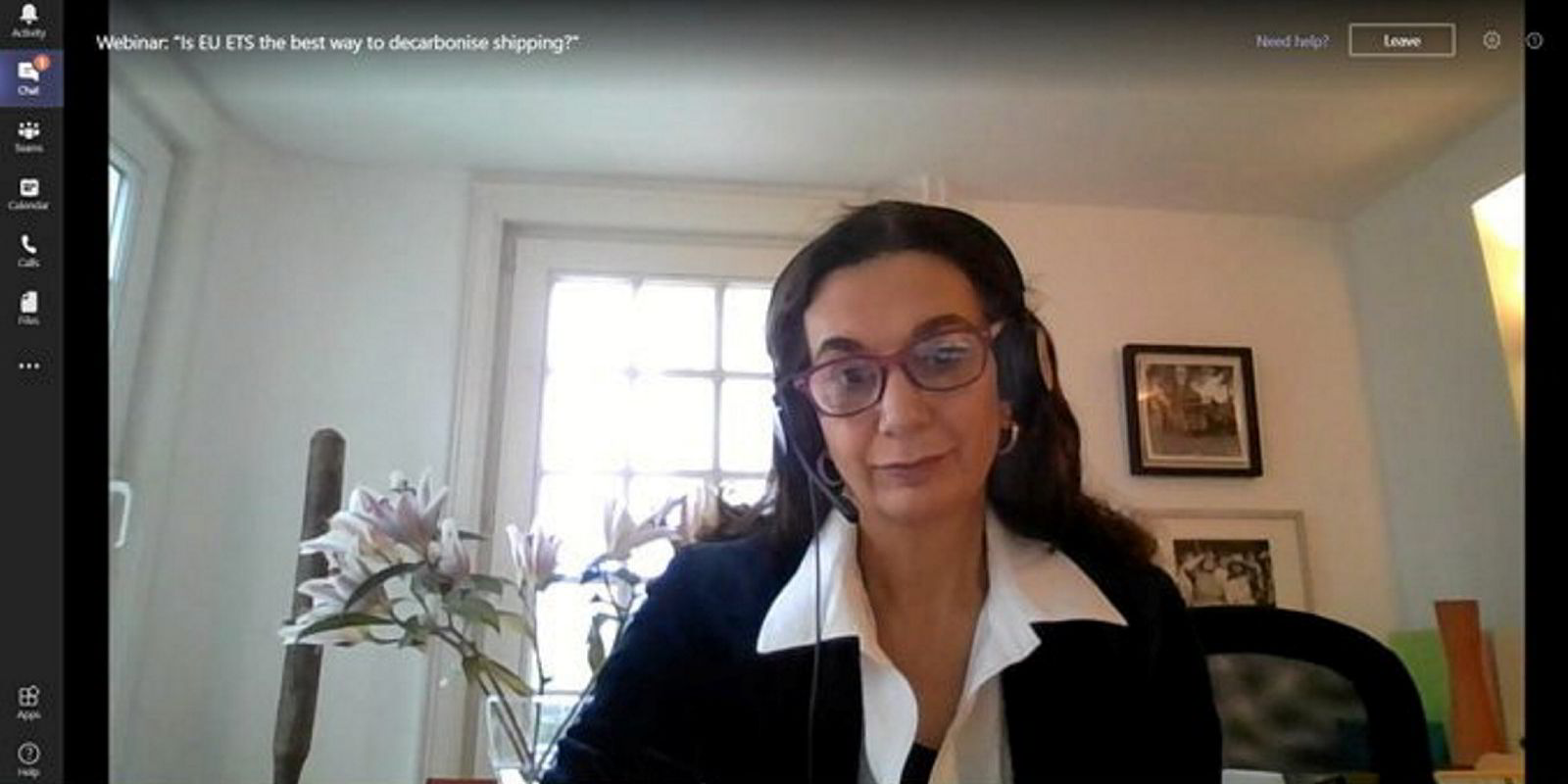Shipowners are set for a rude awakening in the final plans for shipping’s inclusion in the European Union Emissions Trading System (ETS), likely to be revealed on 14 July.
Owners are expected to be made responsible for paying all allowance fees, international voyages will be included and revenues from the ETS will not be earmarked for innovation of sustainable shipping.
Final decisions may not yet be set in concrete, but leaks and indications emerging from the European Commission suggest the pathway for the ETS is firming up in ways that will not best please large parts of the shipping industry.
According to sources monitoring the EC’s deliberations, shipping’s inclusion in the ETS from January 2022 will mean:
* Shipowners will pay for emissions allowances to trade under the ETS — not charterers or operators.
* 50% of emissions from all international voyages will be included — not just intra-European journeys.
* Revenues from the ETS will not be earmarked for the development of alternative fuels or technologies.
It also appears there will be no free allowances for shipping, but that emissions levels will be phased in over three years.
The issue of who should pay for carbon under the ETS has been a hot potato, but the EC has ignored shipping industry pleas that the operator of a vessel who buys the fuel it burns should shoulder the financial cost for the emissions.
The EC is going for the least complicated administrative set up as it is expected to be easier to ensure payment from vessels’ registered owners than chasing charterers from outside Europe who may be hard to track down, said Jacob Armstrong, sustainable shipping officer for non-governmental organisation Transport & Environment.
Policy pressure
Pressure was also applied to make the ETS an intra-European scheme for shipping, as was the case in 2012 to prevent a trade dispute with the US when aviation was included.
Earlier drafts of the ETS are said to have included a proposal to include emissions arising from incoming voyages to the EU as well as journeys within it, but that approach has now been dropped.
The latest draft proposes counting 50% of emissions on all incoming and outgoing sailings.
Emissions data will be drawn from the CO2 monitoring, reporting and verification scheme implemented in the European Economic Area ports in 2018 for all ships over 5,000 gt.
Environmentalists had called for all voyage emissions to be included in the ETS to maximise efforts to counter global climate change. But Armstrong said the 50% proposal is likely to be a political decision that makes it easier for other trading blocks to bring in their own similar schemes.
China is known to be considering implementing its own ETS and could be likely to accept this approach.
The imposition of 50% levels in Europe could also be more politically acceptable to the EU as it is likely to affect importers of heavy goods more than exporters of higher value products.
Fund hopes dashed
Last year, the European Parliament backed shipowners when it called for an Ocean Fund to be financed by revenues from auctioning allowances under the ETS to make ships more energy-efficient and support investment in innovative technologies and infrastructure.
But the EC has decided against setting up special terms for shipping in a semi-closed ETS that would allow revenues to be directed to innovation as it wants the sector to be able to trade freely in an open emissions market with other industries. It is also administratively easier than redirecting finances.
Late last year, the EC proposed a FuelEU Maritime initiative, alongside a similar aviation scheme, to help boost the uptake of sustainable fuels and also mooted the establishment of a Renewable and Low-Carbon Fuels Value Chain Alliance.
Details have yet to emerged as to how these schemes will work, but it is thought they could be mechanisms by which European funds are directed to help develop alternative marine fuels, while the EC partnership with the Waterborne Technology Platform announced last week directs money towards technical development of propulsion systems.
The EC/Waterborne partnership will involve the EC investing up to €530m ($630m) into projects to research greener ships over 10 years from 2021 to 2030, with €3.3bn coming from the private sector partners over the same period. The first year’s EC input will be €94m.
The European Union Emissions Trading System (ETS) operates via a cap-and-trade system whereby companies buy emissions allowances at auction that they can then trade.
Until now, the ETS has allowed a number of free allowances as an incentive for companies which can show they are cleaner operators and to help industries that cannot easily pass on costs.
But free allowances will not be given to the shipping industry when it is included in the ETS from next year under the latest proposals from the European Commission.
Shipping is set to be excluded from free allowances over fears of carbon leakage, according to Jacob Armstrong. the sustainable shipping officer for non-governmental organisation Transport & Environment.
The EC has responded to concerns that long-haul vessels could call at a port just outside the European Economic Area before arriving within the European Union in a bid to cut the total distance and so emissions counted for its journey to Europe.
The shipping industry had hoped that it would be treated similarly to aviation over free allowances, but the EC appears to have compromised by phasing in the system over three years so that only 20% of emissions will be counted in the first year – rising to the 50% level it has set overall for all voyages.
EC policy is to reduce the overall number of emission allowances at an annual rate of 2.2% from 2021 onwards, compared with 1.74% currently, in order to increase the pace of emissions cuts.






